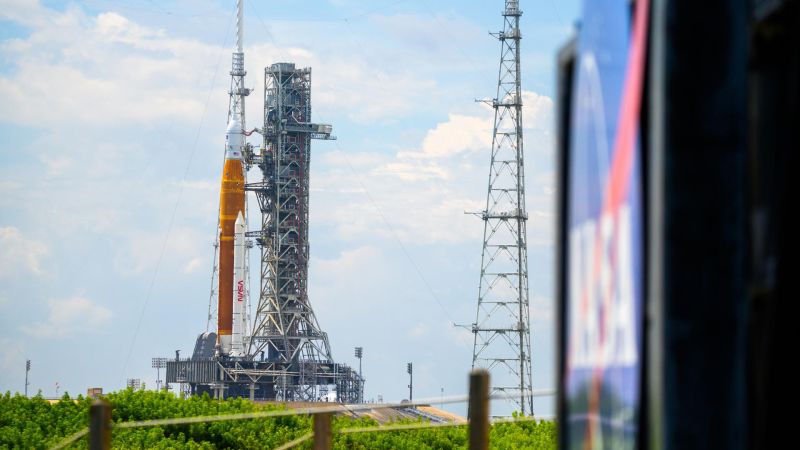NASA’s Artemis program, designed with the ambitious goal of bringing astronauts back to the moon within this decade, is currently grappling with a series of setbacks. Announcements made by the agency indicate that the much-anticipated mission intended to land astronauts on the lunar surface, which was previously scheduled for 2026, is now postponed to at least mid-2027. The pathway to lunar exploration is becoming increasingly intricate as a renewed global interest in the moon unfolds.
Furthermore, in addition to the landing mission delays, the Artemis program has also adjusted the timeline for a separate pathfinder mission. Initially planned to send astronauts on a flight around the moon in September 2025, this mission will now not occur until at least April 2026. These changing timelines reflect the challenges faced by NASA in the context of its planned deep-space explorations.
A significant contributor to these delays is the Orion crew capsule, the spacecraft designated to carry astronauts during both lunar missions. Problems with the Orion’s heat shield, which is critical for protecting the capsule and its occupants during re-entry into Earth’s atmosphere, were discovered during the uncrewed Artemis I mission in 2022. It was found that the heat shield had suffered unexpected charring and erosion, raising concerns over the spacecraft’s integrity and the safety of future passengers.
NASA Administrator Bill Nelson addressed these issues, stating that extensive testing has been conducted to understand potential risks to astronauts aiming to achieve the goal of landing back on the moon. The efforts have enabled the agency to pinpoint the underlying causes of the problems experienced with the heat shield, thus seeking to mitigate risks for future missions.
The complications associated with the Orion capsule can be traced back to its operational re-entry approach, named “skip reentry.” This technique minimizes the stresses of high-speed atmospheric reentry by allowing the spacecraft to arc in and out of the atmosphere, akin to a stone skipping over water. This methodology is particularly necessary given the substantial velocity and energy concentrated in the spacecraft during its return from deep space, which far exceed those involved in returns from low Earth orbit.
However, as the Artemis I mission demonstrated, the execution of this maneuver resulted in an accumulation of heat within the heat shield’s outer layer, leading to the unforeseen degradation of the protective material. To address these challenges, NASA plans to implement a modified trajectory for the forthcoming Artemis II mission.
The recent announcements signal just the latest in a series of significant delays that have plagued NASA’s Artemis program, which is viewed as a cornerstone initiative for space exploration. So far, the agency has launched only one uncrewed flight—Artemis I—in 2022, with plans for more comprehensive missions ahead.
The continuous delays have shifted the target timeline for Artemis III, a crucial mission aiming to place astronauts onto the lunar surface. This recent adjustment bumps the objective timeline closer to the original 2028 target set before the entry of the Trump administration in the White House. Under the former administration, Vice President Mike Pence had dramatically accelerated NASA’s ambitions, with a pledge for a crewed moon landing by 2024, a goal that has since become increasingly unrealistic.
The push towards meeting these earlier dates was equally fueled by concerns regarding America’s competitive standing in space vis-à-vis other countries, especially China. Pence framed the effort in the context of a broader space race, with apprehensions that the U.S. could potentially loose its preeminence in space exploration.
China’s own ambitions were outlined during a press event earlier this year when officials announced plans to land astronauts on the moon by 2030, illustrating the urgency behind NASA’s moon landing aspirations. In line with these objectives, Nelson emphasized the intention to target the lunar south pole for exploration, believed to contain valuable resources such as water ice. This water not only holds potential as a resource for crewed missions but could also be transformed into fuel for rockets.
In a decisive statement, Nelson articulated the importance of U.S. presence at the lunar south pole, underscoring the strategic imperative of not relinquishing parts of the moon to foreign competitors such as China. This context of the space race elevates the stakes involved in NASA’s planning and execution of the upcoming Artemis missions.



